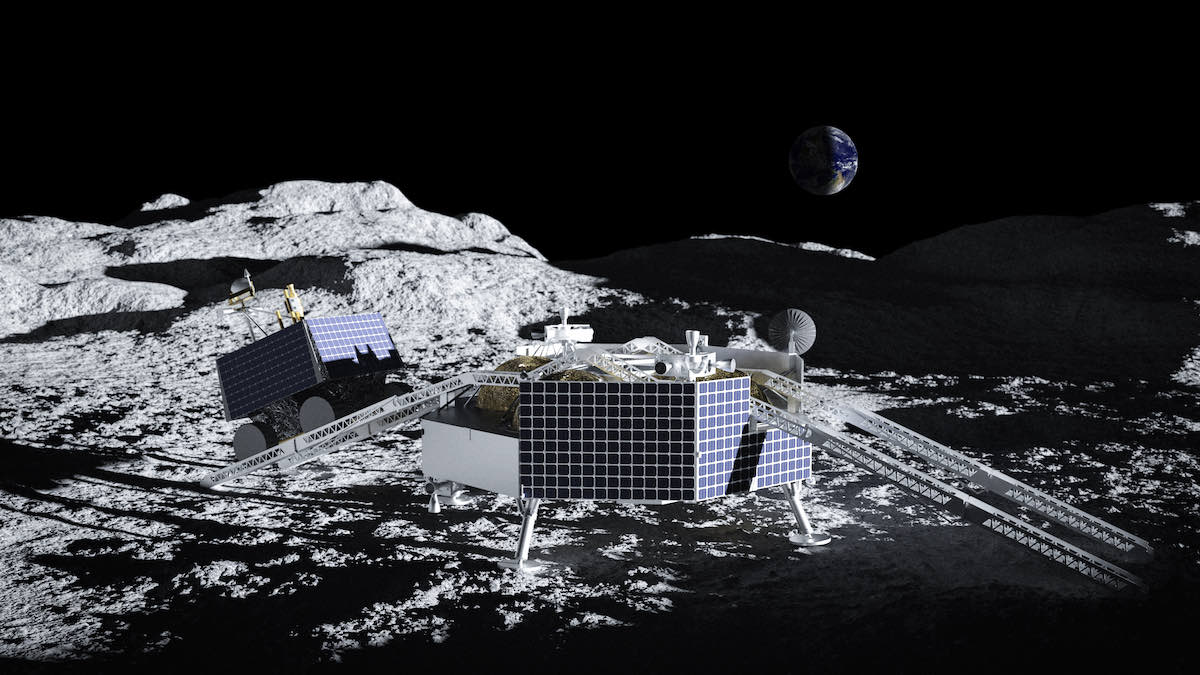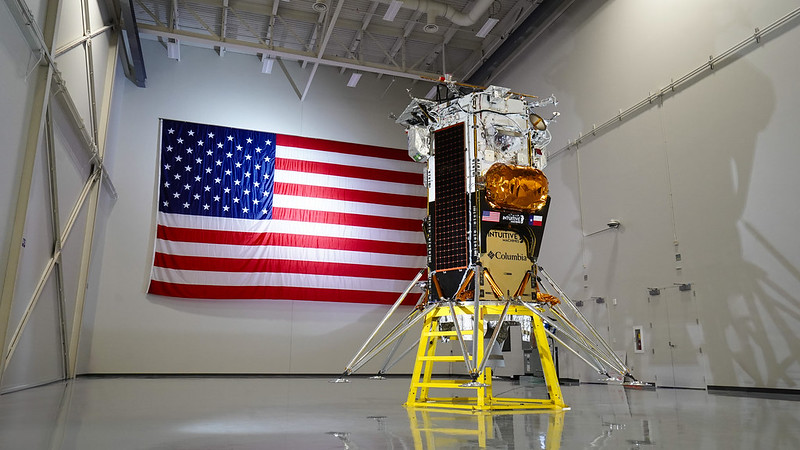A Rocket Lab Electron rocket lifts off from New Zealand on the company’s first flight of 2024. Image: Rocket Lab
Rocket Lab was back in action on Wednesday, kicking off its launch year with a recovery Electron mission from New Zealand. This was its second return to flight mission following a mishap late last year.
Liftoff from Rocket Lab Launch Complex 1 in New Zealand occurred at 7:34 p.m. NZDT (1:34 a.m. EST, 0634 UTC). Poor weather scuttled launch opportunities originally set for mid-January.
On board the Electron rocket for the “Four of a Kind” mission were four Space Situational Awareness (SSA) satellites from Spire Global and NorthStar Earth & Space.
This was the 43rd launch overall for Rocket Lab to date and the latest mission to recover the first stage booster. About 17 minutes into the flight, the booster splashed down in Pacific Ocean under parachutes, where it was scooped up by a recovery vessel.
Rocket Lab has ambitions of re-flying a first stage booster in its entirety. Last August, it demonstrated partial reuse with the re-flight of a Rutherford engine.
























